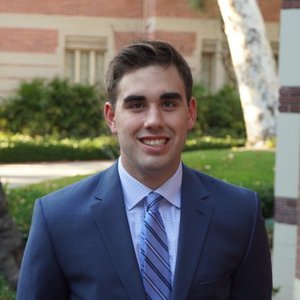NATIONAL MUSEUM OF NATURAL HISTORY
Meet the Smithsonian Scientist Venturing to Volcanoes to Understand the Origins of Earth’s Surface
Elizabeth Cottrell collects rocks and analyzes samples in the lab to help reveal what makes Earth so unique
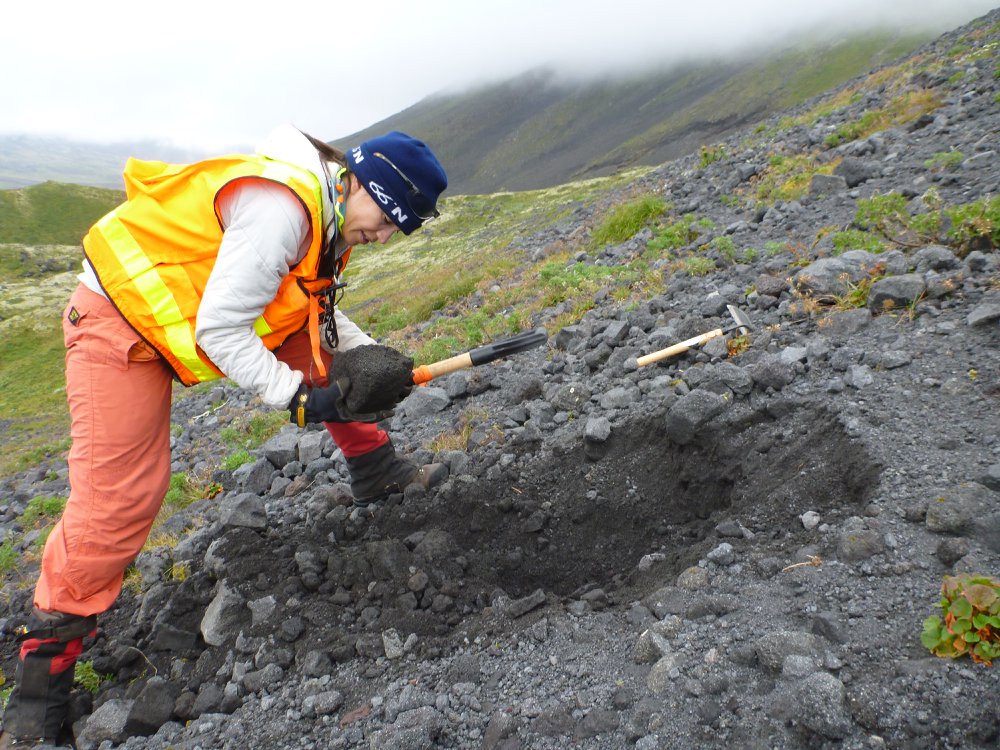
For the entirety of Earth’s 4.5 billion year history, Earth’s surface has been in a constant state of flux. Research geologist Elizabeth Cottrell, the curator of the National Museum of Natural History’s National Rock Collection, traces this evolutionary epic back billions of years to determine what sets Earth apart from its planetary neighbors.
Volcanoes offer Cottrell molten clues about how the Earth’s crust formed. She collects rocks and volcanic glass from far flung locales like Alaska’s Aleutian Islands and brings them back to her lab at the museum. Here, she is able to run the samples through a battery of analytical tests. She can also bring rocks to the extremely high temperatures and pressures to simulate conditions in which the rocks originally formed.
The Geochemical Society and the European Association of Geochemistry announced today that Cottrell will be named a Geochemical Fellow in recognition of her ongoing contributions to the field of geochemistry. The organizations will officially bestow the honorary title upon Cottrell at July’s Goldschmidt Conference, an international summit for geochemical researchers taking place in Lyon, France.
In celebration of the distinction, which is only awarded to between 12 and 15 researchers each year, Smithsonian Voices talked with Cottrell to learn more about her research and why maintaining resources like the museum’s National Rock and Ore Collections is vital to the next generation of geochemists.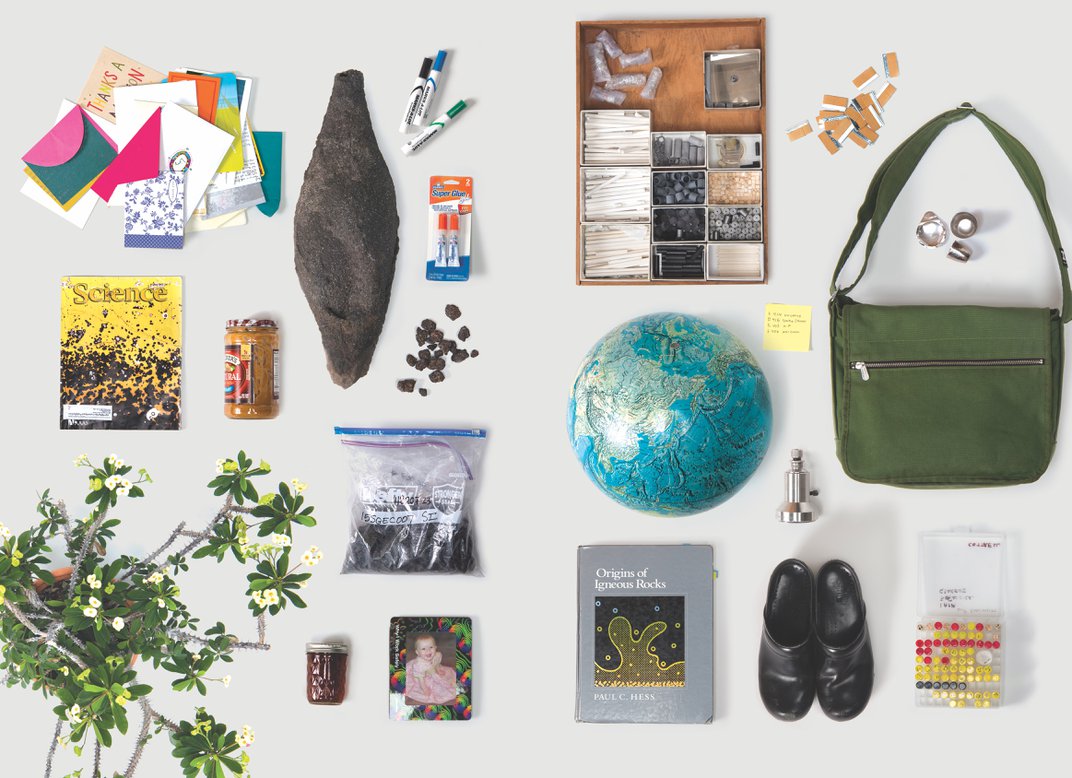
First off, congratulations on becoming a Geochemistry Fellow! How does it feel to join the esteemed group of researchers who have received this honor?
I am over the moon with joy! I think of all the people that I work with on my team, and how much fun I have doing science with them. When I think of all my brilliant colleagues, I feel very humbled by this honor.
This came as a complete surprise. I have a lot of travel for my research this year and I wasn't planning on going to the Goldschmidt Conference. But I think I'm going to be changing my plans and heading to Lyon, which is an amazing city in which to receive this honor.
What inspired you to explore the intersection of geology and chemistry?
Chemistry is my passion. My whole life, I always wanted to be a chemist. In college, I was a chemistry major and started doing research in the geology department. And I discovered that geology is such an amazing science.
As you drive your car across this country and watch the landscape change, I think it's just natural to have a curiosity about why there are mountains here and not there? Why are there volcanoes here and not there or why are there earthquakes more prevalent on the West Coast than the East Coast? Geology gives us a theoretical framework for understanding all of those questions.
I'm mainly interested in how things work. I think the earth is a vast canvas of different chemical compositions. And it’s like a detective story to determine how the earth created this tapestry of different compositions. That's my fascination.

Your research revolves around tracing the formation of Earth’s crust. Why does the evolution of the Earth’s surface capture your interests as a researcher?
I think as humans, we have a natural curiosity about our origins. And our planet Earth is unique in the solar system in having this surface where we have low lying ocean basins and high standing continents that are fundamentally different in composition. This unique topography is intimately tied to plate tectonics. And the form of plate tectonics we have here on Earth is also unique in our solar system as far as we can tell.
“The surface and topography of the Earth is telling us the story of our unique planet.” –Elizabeth Cottrell, Research Geologist, Department Chair, and Curator of the National Rock Collection
Your work has taken you to volcanoes in remote locales like the Aleutian Islands. What about the volcanoes on these islands makes them intriguing windows into the Earth’s interior?
In 2015, I had an incredible opportunity, with funding from the National Science Foundation and colleagues from the United States Geological Survey and other partner institutions, to launch an expedition to the Western Aleutians. These islands are truly smack dab in the middle of the Bering Sea between Alaska and Russia. Why go all that way?
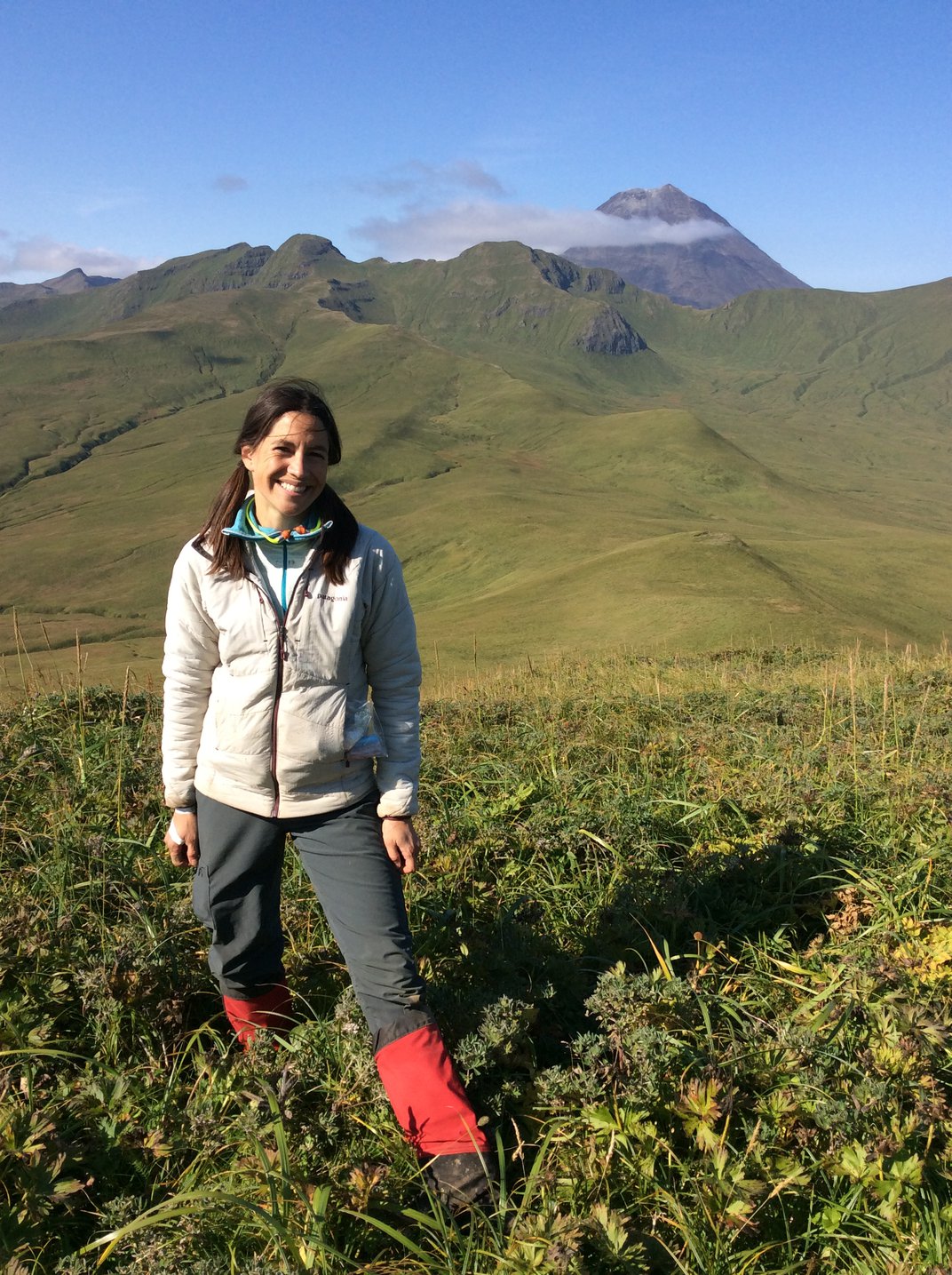
If you think of the Earth as a natural laboratory, you're conducting your field experiments the way you would in the lab. Your goal is to reduce the number of random variables. And the Western Aleutians provided us with an opportunity to go look at formation of continental crust compositions in the absence of pre-existing continental crust. It removed that variable of contamination. That's why that location was essential for our science and that's what made it worth the trip.
In addition to your field work, you are also the curator of the museum’s National Rock Collection. How do the museum’s collections aid your research efforts?
Going to get the rocks is one part, but my main role in these projects is doing laboratory experiments at high pressures and temperatures that simulate the formation of those rocks. I then compare those laboratory simulations to the rocks that we collect.
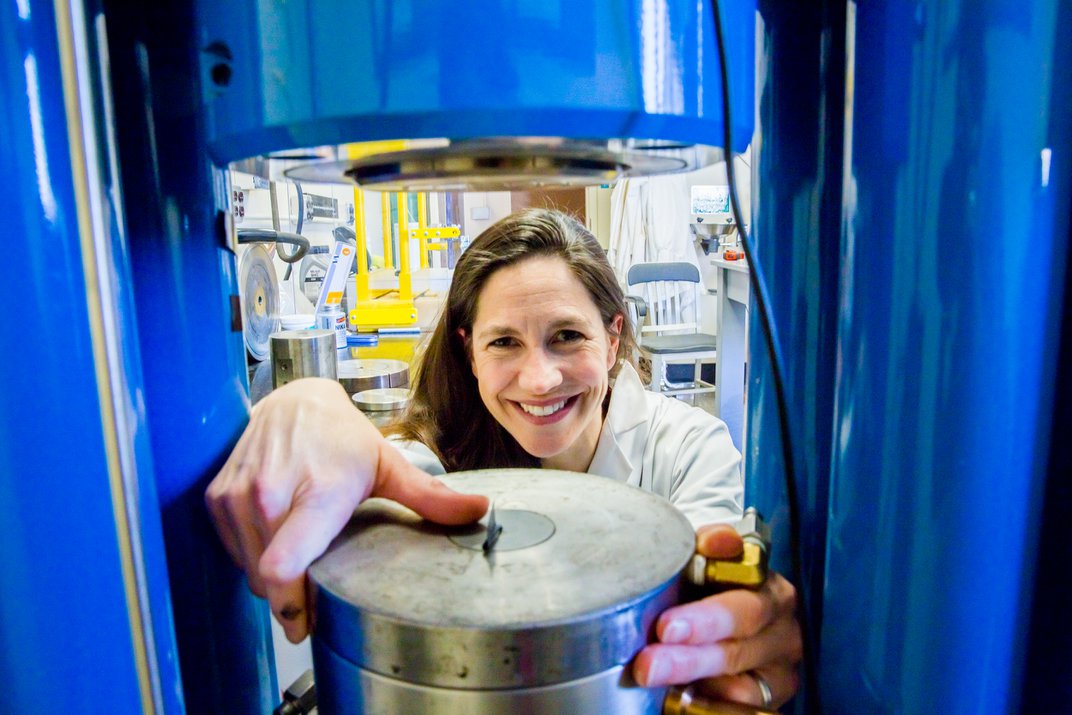
The National Rock Collection has really changed my research and being at the Smithsonian has really changed who I am as a researcher. I came to the Smithsonian as a laboratory scientist but when you see the vast resources available through the National Collections, you start asking new questions. For example, the Smithsonian has samples of ocean crust from 18,000 different volcanic locations along the ocean floor from all over the globe.
You have this resource that's built up over many, many decades. And I am able to layer a type of spectroscopy that I do on top of the existing analyses of all these rocks to learn new things.
As a freshly minted Geochemistry Fellow, do you have a sense about how these resources may impact the next generation of researchers in your field?
The amazing thing about the national collections is that they are available to researchers free of charge all over the world. You just need to request the samples. I now make it one of my priorities as a laboratory scientist to develop reference materials for the international community. I make sure that the rocks that I collect and the materials that I synthesize in the lab are available to the community.
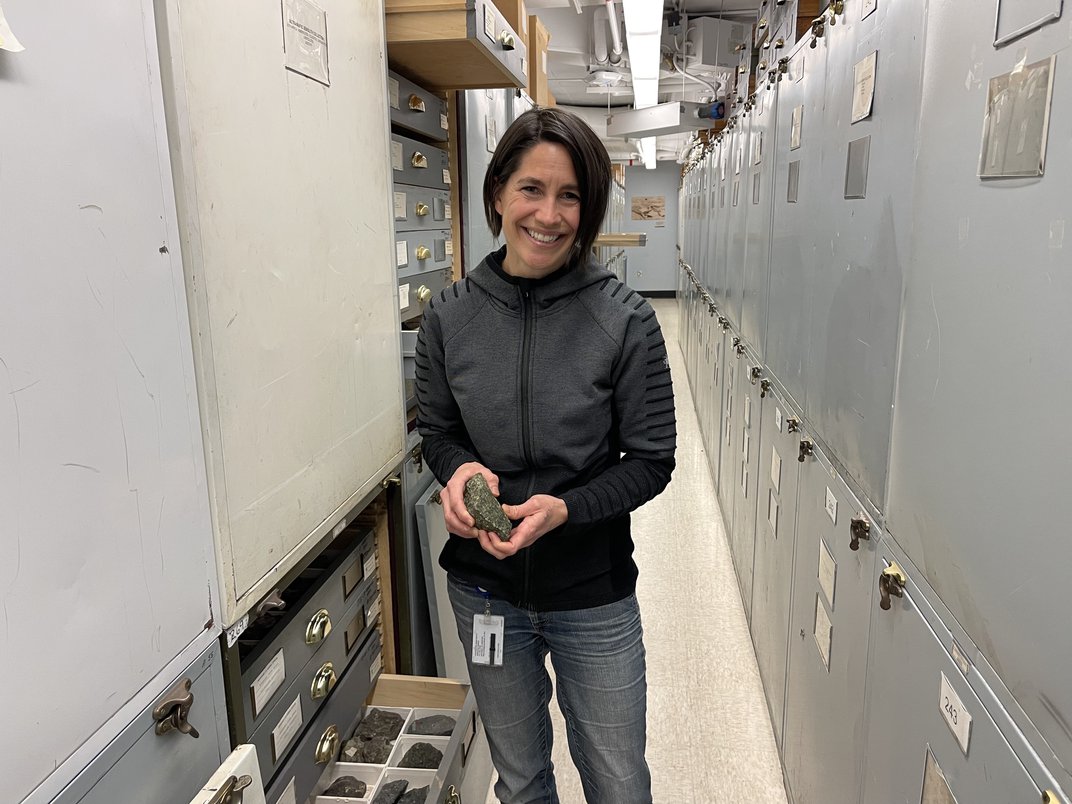
And as a scientist, I love the idea of developing community resources that not only advance science but also level the playing field and make science more inclusive and accessible. I think by doing that, we will increase the backgrounds and diversity of people studying these objects and we'll do better science as humans. And I think the national collections are one of the great instruments of inclusive science that we have here in the United States.
This interview has been edited for length and clarity.
Meet a SI-entist: The Smithsonian is so much more than its world-renowned exhibits and artifacts. It is a hub of scientific exploration for hundreds of researchers from around the world. Once a month, we’ll introduce you to a Smithsonian Institution scientist (or SI-entist) and the fascinating work they do behind the scenes at the National Museum of Natural History.
Related Stories:
Get to Know the Geologist Collecting Antarctic Meteorites
Clay-Encrusted Microbes Provide Clues to How Early Life Developed on Earth and Potentially Mars
Meet the Scientist Who Uses Magnetic Fossils to Navigate Changing Oceans
New Study on Zircons Finds Plate Tectonics Began 3.6 Billion Years Ago

